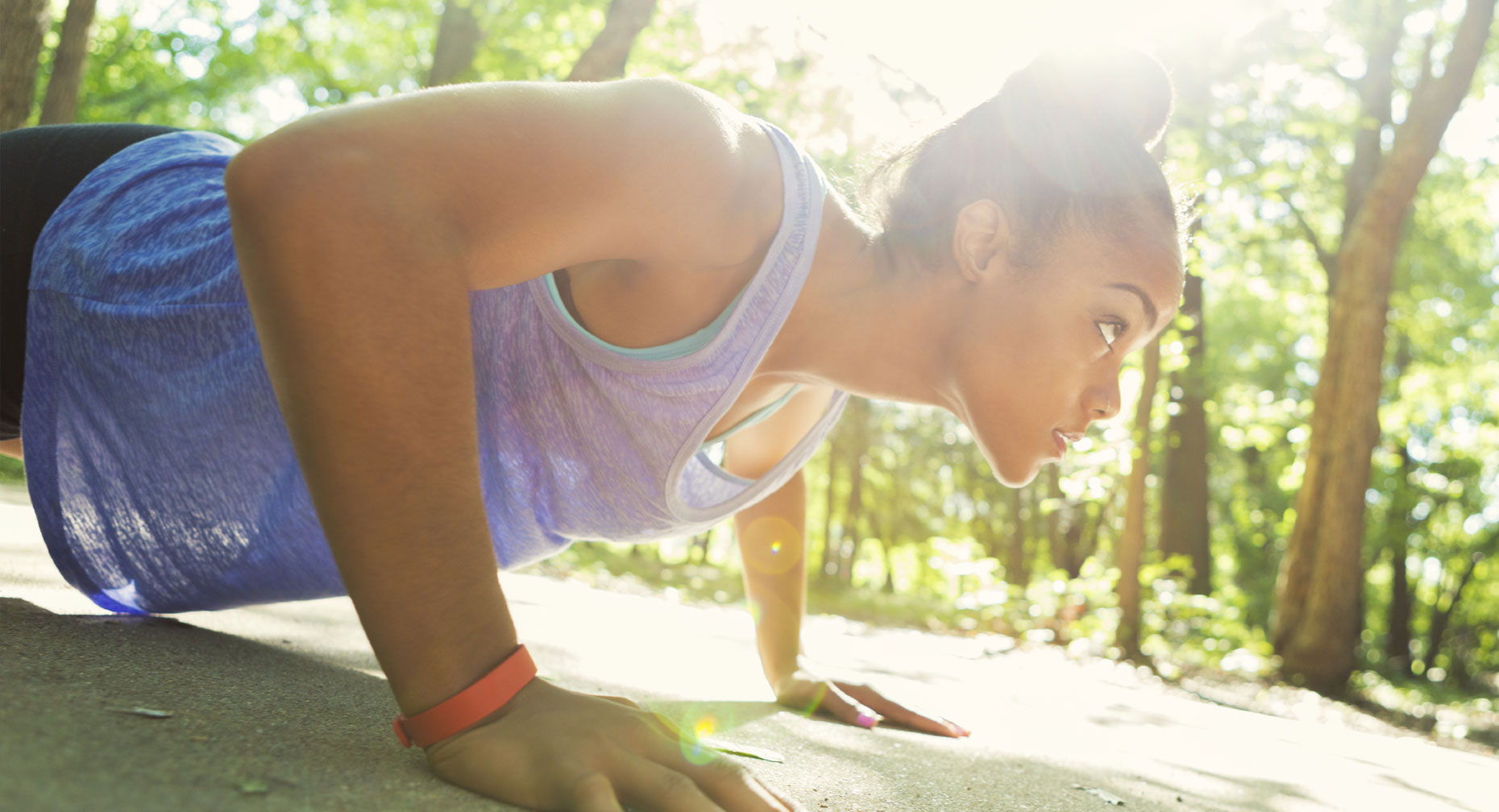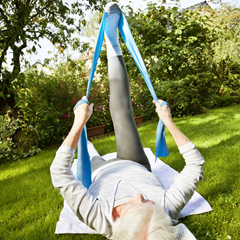Exercise To Reduce Your Risk Of Arthritis Pain

Answer a few questions and we'll provide you with a list of primary care providers that best fit your needs.
You may be able to minimize wear and tear on your joints with the right kinds of exercise — even if you can’t escape your genetics or the effects of age.
Osteoarthritis, the most common type of arthritis, primarily affects the hips, knees, shoulders, and hand joints. The cushiony cartilage at the end of bones wears away so that bone rubs on bone. The pain and swelling that result may make it more difficult to move and perform everyday activities.

Moderate exercise helps ease pain and stiffness in your joints. It strengthens your muscles, which in turn protects and supports your joints. If arthritis pain, swelling, and stiffness have tempted you to stop moving, think again, says the Arthritis Foundation.
Not exercising can cause your muscles to shrink and weaken and contribute to bones becoming more brittle and more prone to breaking.
How To Get Moving
You’ve probably heard Newton’s law that a body in motion tends to stay in motion and a body at rest tends to stay at rest. That fundamental law of nature has important implications for people who want to stay active but have stopped moving due to arthritis pain.
Dr. Michael Raab explains how exercise can reverse joint stiffness, pain, and weakness.
Click play to watch the video or read video transcript.
Physical activity, whether it’s vigorous exercise or a gentle walk, provides the momentum you need to keep blood flowing, muscles working, and your attitude positive. If you haven’t been doing much exercise, it’s best to start gradually. Follow your doctor’s advice about incorporating these activities into your daily routine:
- Stretching and range-of-motion exercises. Keep muscles and joints flexible.
- Strengthening with resistance bands or light weights. Household items such as cans of soup will also work to help build strength and stability in muscles, bone and cartilage, and prevent injury.
- Aerobic exercise to improve overall fitness. Choose activities that don’t put stress on your joints, such as walking, bicycling, or swimming.
Moderate exercise helps ease pain and stiffness in your joints.
If your joints are especially painful, swollen, and stiff, it’s OK to reduce your activity. As soon as you are able, though, resume gentle stretching and movement.
More Benefits Of Exercise
In addition to building strength and flexibility, exercise offers these benefits:
- Helps you lose extra weight that adds stress to joints
- Improves your sleep
- Boosts your mood and sense of well-being
- Keeps your heart and blood vessels healthy
- Helps prevent conditions such as high cholesterol, high blood pressure, diabetes, and depression
Answer a few questions and we'll provide you with a list of primary care providers that best fit your needs.
Source: Arthritis Foundation; Healthline.com






